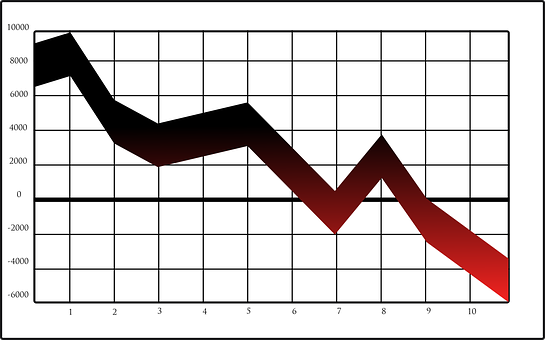Anyone Else Want To Call For A Market Crash?

Hindenburg omens. Market valuations. Record low volatility. And, I am only scratching the surface of all the reasons paraded before investors as to why this market is, in their opinion, “too high.”
So, is this time different? Have we finally conquered the business cycle and the stock market will rally on forever?
Absolutely not.
But, when article writers suggest that their old methods of market evaluation have failed them, and then conclude that we need to prepare for a market crash, it makes me question the logical if/then perspective of their analysis.
I mean, how does one theorize and conclude that “if” your analysis method is not working, “then” you must prepare for a crash?
First, if you are using a method that consistently produces wrong results over multiple years, maybe it is time to actually question the usefulness of the method, and not conclude that it must mean we are going to crash.
Second, if one understands the nature of technical divergences, one can also come to an understanding of fundamental divergences, which will explain why most former methods of evaluating the stock market have been useless for years now.
Third, Paul Samuelson, the Nobel laureate from the Massachusetts Institute of Technology, recalled that John Maynard Keynes once was challenged for altering his position on some economic issue. “When my information changes,” he remembered that Keynes had said, “I change my mind. What do you do?”
So, as the fundamental nature of the stock market has changed, have people changed their mind? No. They simply continue to apply their old analysis methods, and, again, conclude that we are going to crash.
In 2015, as I was preparing those who follow my analysis for a “global melt-up,” I constantly cautioned that we will likely see this accompanied by a changing paradigm in the markets. Gold Paradigm Shift, Are You Prepared?
In effect, I warned that we have a set up in varying markets whereby the old paradigms or correlations will break down, leaving many confused as to the nature of the market.
And, in early 2017, even Morgan Stanley began to take notice, and noted that “we haven’t seen a shift this year in over a decade.” Morgan Stanley: "We Haven't Seen A Shift This Severe In Over A Decade"
So, I am certainly not suggesting that we have conquered the business cycle or that the stock market will rally forever, as I, too, expect another stock market crash years from now. Rather, I am suggesting that analysts need to be able to recognizing shifting paradigms which would cause them to change their models, especially if those models have failed them for years. We must demand more objectivity within the analysis world.
As an example, I came into 2017 seeing a major break out set up developing in the metals market. In fact, we caught the low of the pullback at the end of 2016, and rode the rally into early 2017. When we began the pullback in February of 2017, we began to look for the immediate break out set up. Since that time, we have remained well above the lows we caught in late 2016, but the market failed to follow through on the break out set ups we were tracking several times. And, when the GDX then broke below the 24.50 level in September of 2017 (after a 30%+ rally of the 2016 lows we caught), it told us that the breakout set ups we had been following invalidated, and it would not likely be until 2018 that another set up would take shape.
Despite our invalidated expectations for a break out set up to occur, our objective methodology still allowed us to garner 30% off the 2016 lows, and this is despite many viewing us as being “wrong.” In other words, an analyst needs to develop a methodology which gives them advance warning as to when their primary expectations are wrong, rather than staunchly clinging to something that is not working.
So, I put the question out to the analyst and investor world: When the market changes, what do you do?
Price Pattern Sentiment Indications And Upcoming Expectations
As long as the SPX does not break down below last week’s low, it still CAN take us to 2611SPX or even a bit higher. But, the depth of the drop last week has certainly weakened the SPX.
But, if it was not for the IWM pattern, I would almost assume the SPX has likely topped. Yet, the IWM is still likely set up to rally in the coming weeks to the 152+ region before a larger degree top is made – as long as it does not break 143.75. For this reason, I still will retain an open mind that the SPX can reach higher targets.
*********

















